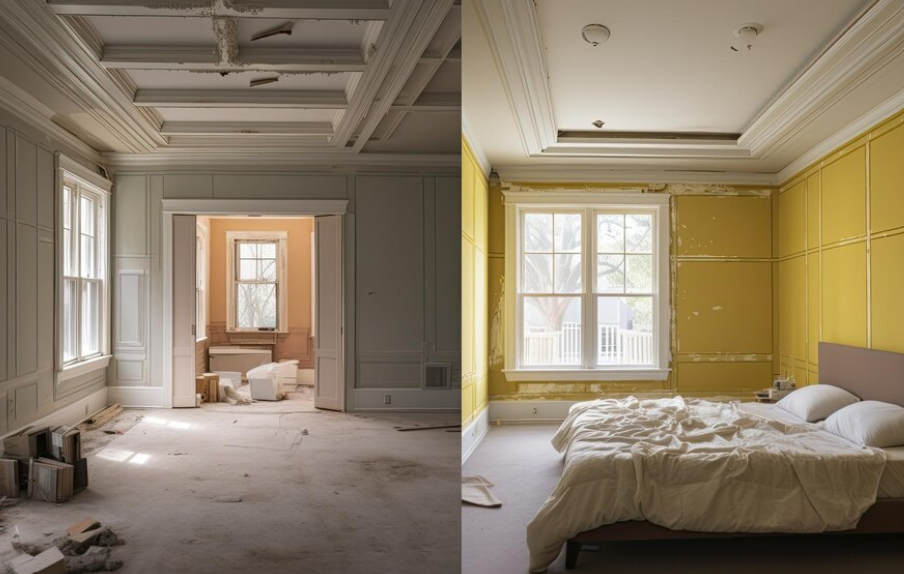Introduction:
Architecture is a dynamic and ever-evolving field that reflects the spirit of each era. As we step into a new era, the architectural landscape is witnessing a remarkable fusion of innovation, sustainability, and cultural influences. In this article, we will explore the latest trends that are shaping the world of architecture in 2024.
- Sustainable Design:
One of the most prominent trends in contemporary architecture is a heightened focus on sustainability. Architects and designers are incorporating eco-friendly materials, energy-efficient technologies, and green building practices into their projects. The aim is not only to reduce the environmental impact of structures but also to create spaces that promote well-being. Green roofs, solar panels, and rainwater harvesting systems are becoming integral parts of modern architectural designs.
- Smart Buildings and Technology Integration:
Advancements in technology are transforming the way we interact with our surroundings, and architecture is no exception. Smart buildings, equipped with the latest technological innovations, are gaining popularity. These structures feature integrated systems that control lighting, heating, and security. The Internet of Things (IoT) is playing a pivotal role in connecting various elements within a building, enhancing efficiency, and improving the overall user experience.
- Biophilic Design:
Biophilic design, which emphasizes the integration of nature into the built environment, continues to gain traction. Architects are incorporating natural elements such as plants, natural light, and water features into their designs. This not only enhances the aesthetic appeal of spaces but also contributes to the well-being of occupants by fostering a connection with nature. Biophilic design has been linked to improved productivity, reduced stress, and increased creativity.
- Adaptive Reuse:
As a response to the need for sustainable development and preservation of cultural heritage, adaptive reuse is becoming a prevalent trend in architecture. Instead of demolishing old structures, architects are repurposing and renovating existing buildings for new functions. This approach not only reduces waste but also adds a layer of history and character to the evolving urban landscape.
- Parametric Design:
Parametric design, driven by computational tools and algorithms, allows architects to create complex, dynamic, and highly personalized structures. This design approach enables architects to explore intricate geometries and optimize forms based on various parameters. From facades to interior spaces, parametric design is revolutionizing the way architects conceptualize and execute their ideas.
- Cultural Influences:
Globalization has led to a blending of cultural influences in architecture. Architects are drawing inspiration from diverse cultures, traditions, and histories, resulting in designs that reflect a rich tapestry of global perspectives. This cross-cultural exchange not only fosters a sense of inclusivity but also leads to the creation of unique and meaningful architectural expressions.

Conclusion:
The current trends in architecture represent a fascinating intersection of innovation, sustainability, and cultural diversity. From sustainable design practices to the integration of cutting-edge technology, the architectural landscape is evolving to meet the challenges and aspirations of the 21st century. As we continue to witness these exciting developments, it is clear that architecture will play a crucial role in shaping the way we live, work, and interact with our environment in the years to come.








